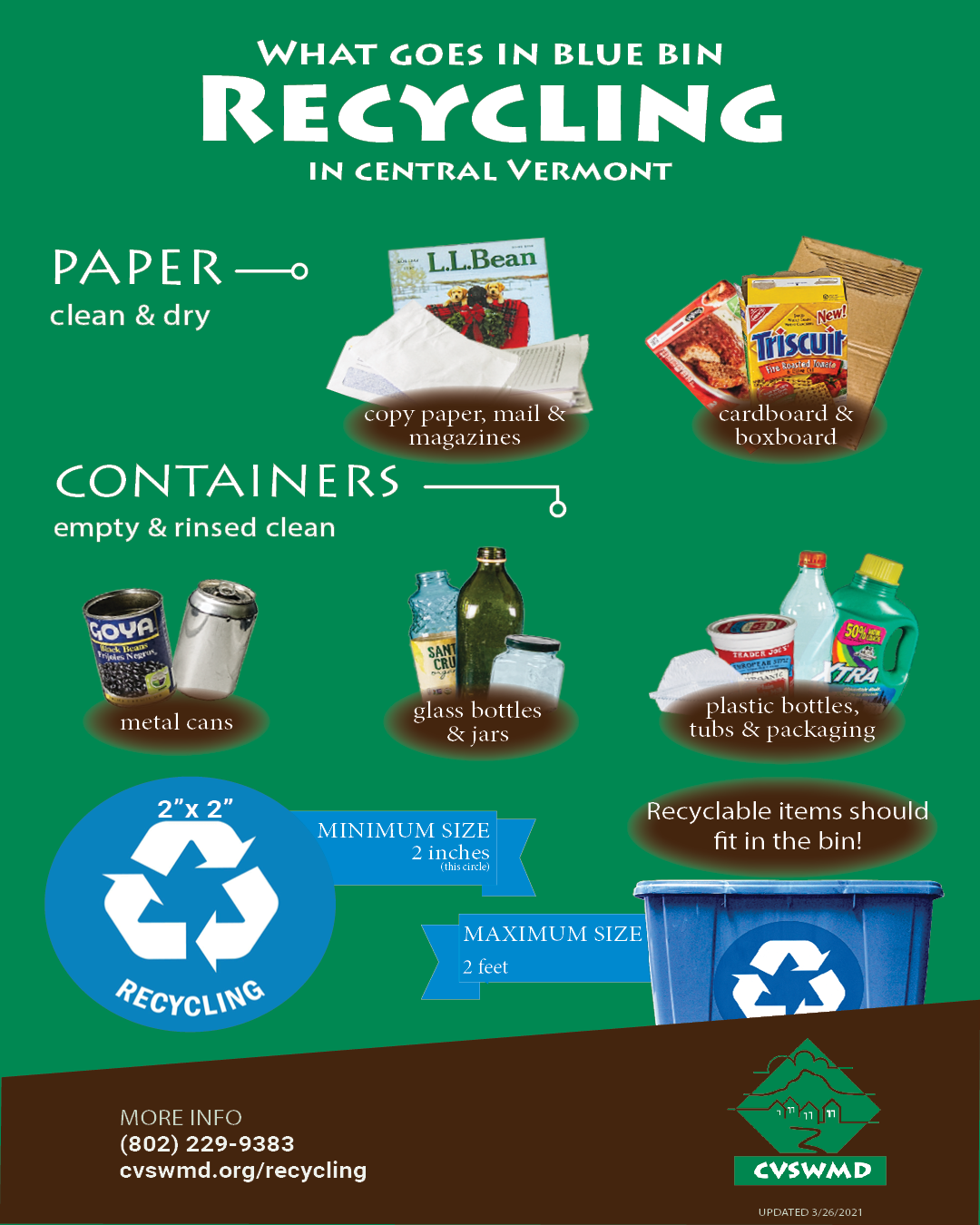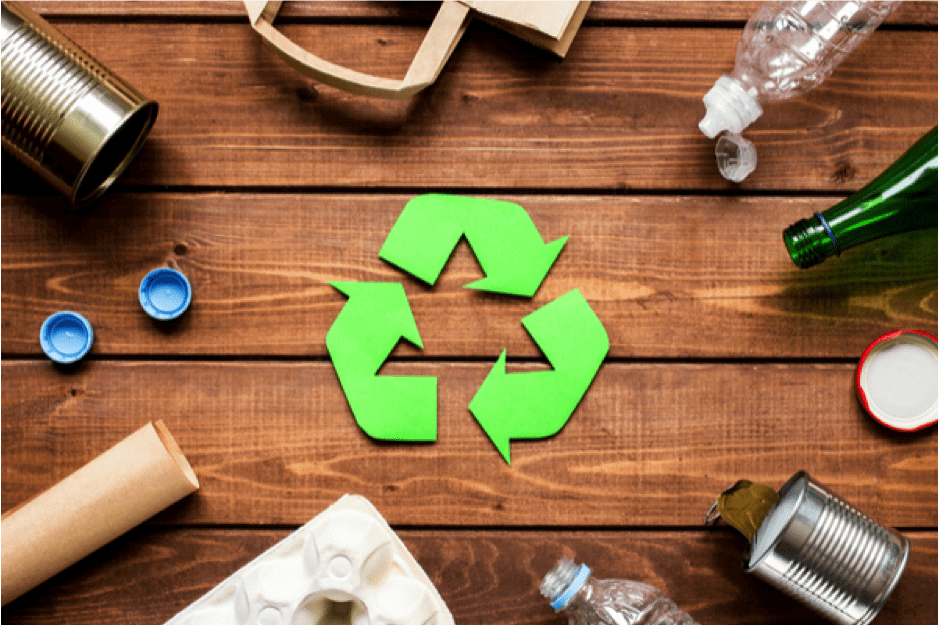Understanding the Classification and Handling of Different Kinds Of Waste
Effective waste administration is crucial for ecological sustainability, needing a thorough understanding of the classification and handling of various waste kinds. House waste, commercial by-products, harmful products, digital refuse, and natural residues each demand distinct protocols to make sure safety and security and minimize ecological damage. Executing appropriate partition, therapy, and disposal approaches is vital to reduce negative ecological effects and promote resource conservation. As an example, the composting of natural waste contrasts dramatically with the complex procedures needed to handle dangerous compounds. This complex strategy to throw away administration highlights its complexity and the crucial need for specialized knowledge in this domain.

House Waste
Household waste, including a wide variety of discarded products created from everyday living tasks, stands for a considerable element of the total waste stream - recycling lives services. This classification consists of natural waste such as food scraps, yard cuttings, and paper items, alongside not natural materials like plastics, steels, and glass. The diverse nature of house waste requires reliable classification and management to alleviate ecological impact and promote sustainable living methods
Effective household waste monitoring begins with partition at the resource, helping with recycling, composting, and safe disposal. Organic waste, for circumstances, can be composted to produce nutrient-rich dirt modifications, lowering garbage dump problem and enhancing dirt health. Recyclable products, consisting of paper, glass, and specific plastics, can be refined and repurposed, reducing and saving sources energy intake related to brand-new material manufacturing.
Furthermore, unsafe home waste such as batteries, digital devices, and cleansing chemicals calls for specialized dealing with to stop soil and water contamination. Public recognition campaigns and practical disposal alternatives play critical functions in ensuring proper disposal and recycling of these products. By applying robust waste reduction approaches and promoting community involvement, districts can substantially minimize the ecological impact of home waste.
Industrial Waste
Industrial waste, a major factor to international waste generation, incorporates a diverse range of products generated by manufacturing, construction, and various other commercial activities. Reliable management of commercial waste is crucial for reducing environmental influence and advertising sustainable methods.
The handling of commercial waste usually involves numerous processes: collection, segregation, disposal, and treatment. Collection systems are developed to effectively gather waste materials from different resources within a commercial operation.
Embracing strategies such as waste reduction, source healing, and recycling can considerably lower the concern of commercial waste on the environment, adding to even more lasting commercial practices.
Hazardous Waste

The category of harmful waste is normally based on its physical and chemical attributes. Harmful wastes consist of harmful materials that can trigger unfavorable health results also at reduced focus. Destructive wastes can damage or damage living cells and materials. Combustible wastes can quickly fire up, posing fire dangers, while reactive wastes can create explosions or release poisonous gases upon call with other materials.
Efficient dangerous waste monitoring involves numerous key practices: recognition and segregation of harmful products, risk-free transport and storage, and proper therapy and disposal. Treatment approaches may consist of chemical stablizing, incineration, and neutralization. Governing conformity is vital, led by frameworks such as the Resource Preservation and Recuperation Act (RCRA) in the United States, which makes sure environmentally sound and secure administration of dangerous waste.
Electronic Waste
Digital waste, typically abbreviated as e-waste, stands for a growing difficulty in waste monitoring due to the rapid obsolescence of innovation. This group incorporates a broad variety of disposed of digital gadgets, consisting of smart devices, computers, televisions, and family devices. The intricacy of e-waste hinges on its make-up; these items this page contain a mix of useful products such as gold and copper, along with unsafe substances like mercury, cadmium, and lead.

Regulation and guidelines, such as the European Union's Waste Electronic and electrical Devices (WEEE) Directive, aim to advertise responsible e-waste monitoring. These policies mandate makers to facilitate the collection and recycling of digital products, thereby reducing the problem on landfills and lessening ecological contamination.
Organic Waste
Organic waste, encompassing eco-friendly materials such as food scraps, lawn trimmings, and farming residues, comprises a substantial part of the metropolitan solid waste stream. This kind of waste is noteworthy not just for its quantity however likewise for its prospective ecological influence if not handled appropriately. Organic waste can break down anaerobically in landfills, producing methane, a potent greenhouse gas adding to environment adjustment.
Proper like it handling of organic waste entails numerous techniques. In addition, drawing away food waste from landfills with contribution programs can ease food instability while decreasing waste.
Municipalities and companies are increasingly acknowledging the significance of organic waste management. Carrying out extensive natural waste recycling programs not only alleviates environmental impacts yet also aligns with wider sustainability objectives, advertising a round economic climate where resources are constantly recycled and repurposed.
Conclusion
Efficient waste management and environmental security require an extensive understanding of the classification and handling of numerous waste types. Carrying out appropriate approaches for each waste type makes sure secure and accountable waste monitoring methods, inevitably adding to the protection of environments and public health and wellness.
Reliable waste monitoring is critical for environmental sustainability, requiring a comprehensive understanding of the classification and handling of numerous waste kinds.Family waste, incorporating a wide selection of disposed of products generated from everyday living tasks, stands for a significant element of the general waste stream.Industrial waste, a major factor to global waste generation, includes a diverse variety of products produced by manufacturing, construction, and other commercial tasks (recycling lives services).Dangerous waste, a critical concern in waste management, makes up materials that position significant risks to human wellness and the atmosphere due to their poisonous, destructive, combustible, or reactive homes.Organic waste, including biodegradable products such as food scraps, backyard trimmings, and agricultural residues, constitutes a substantial portion of the community solid waste stream